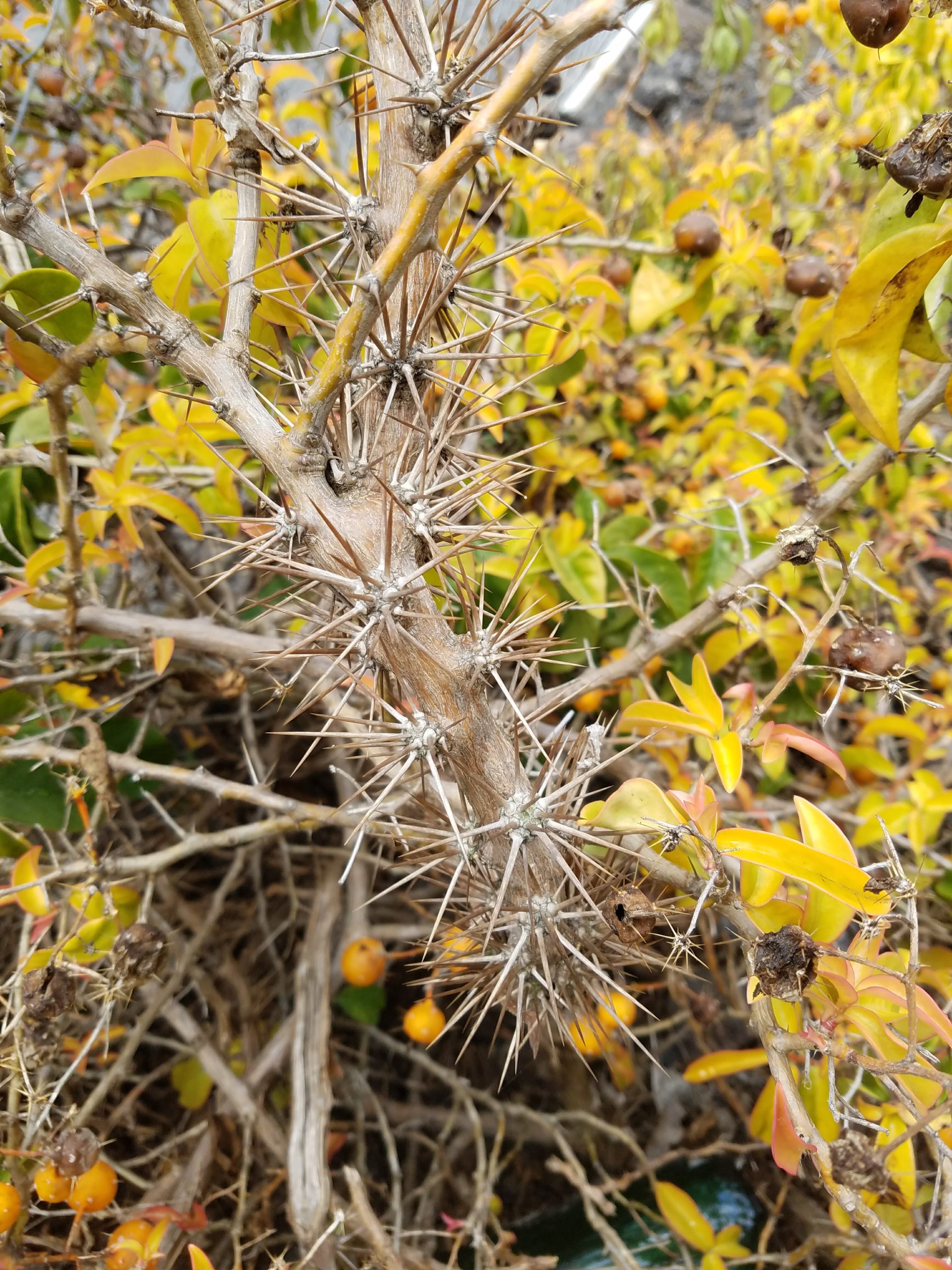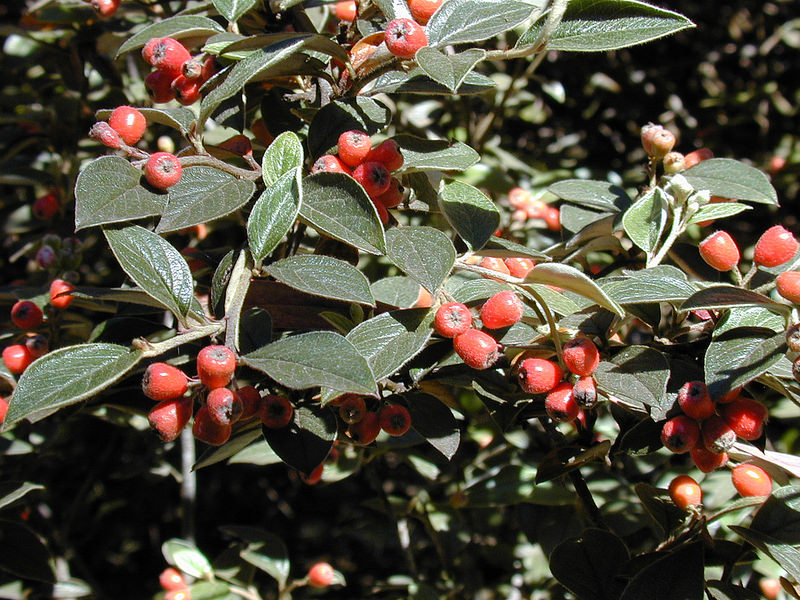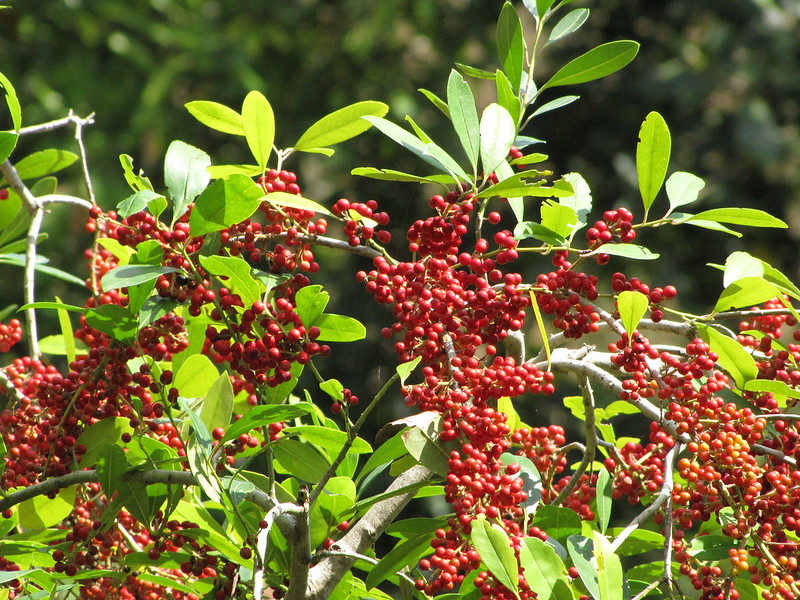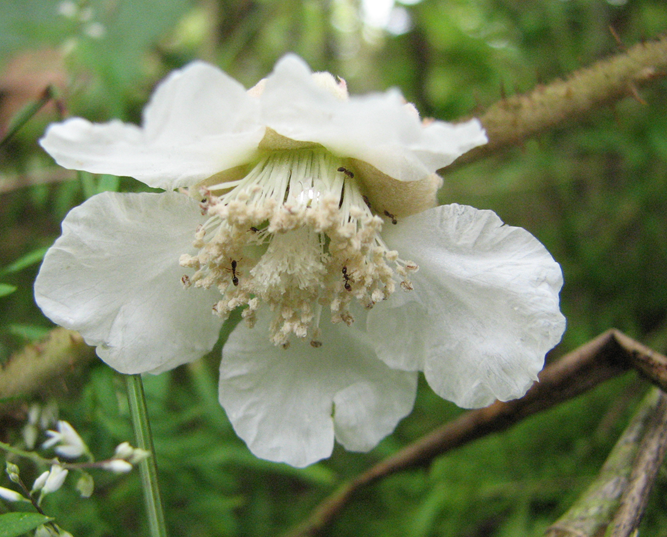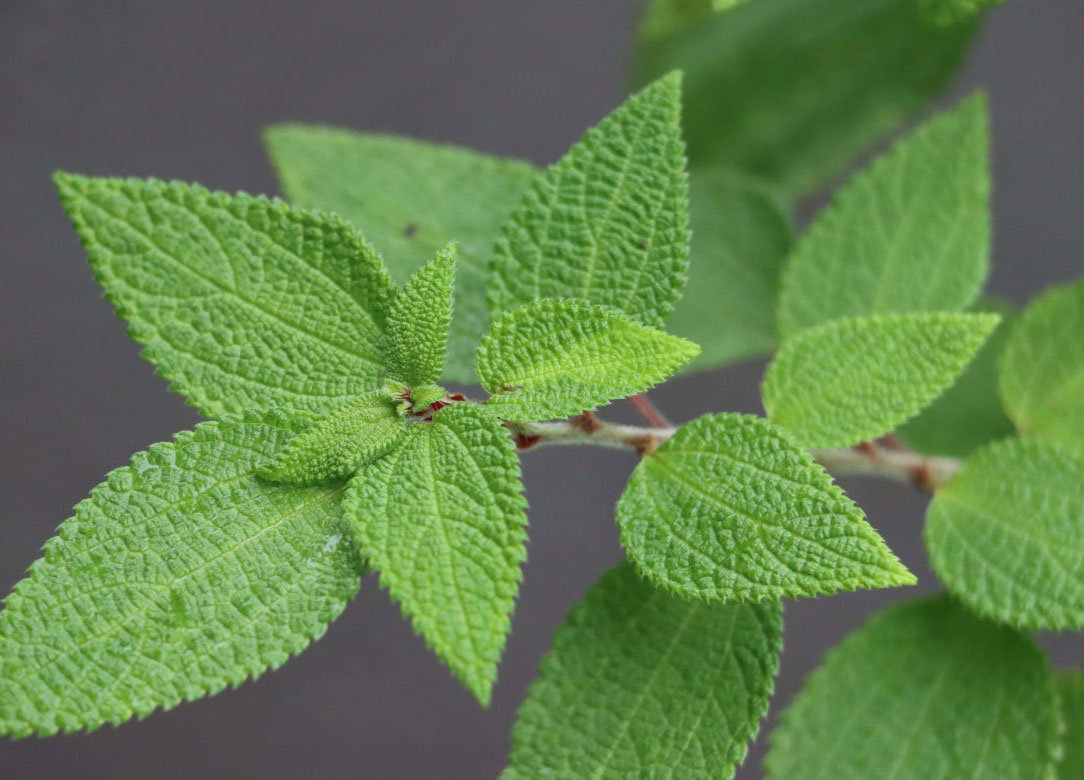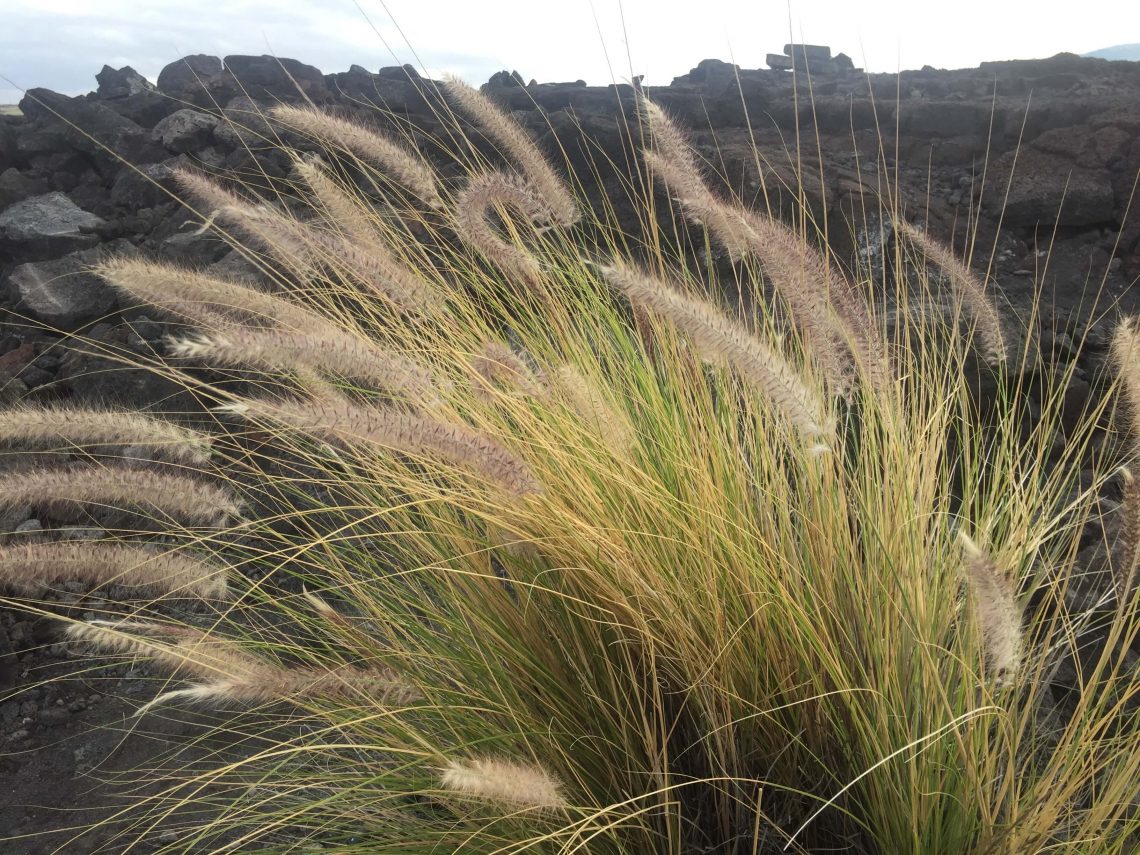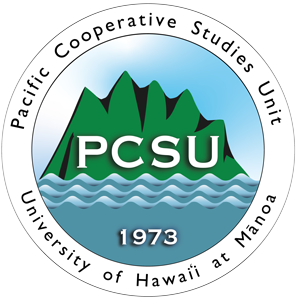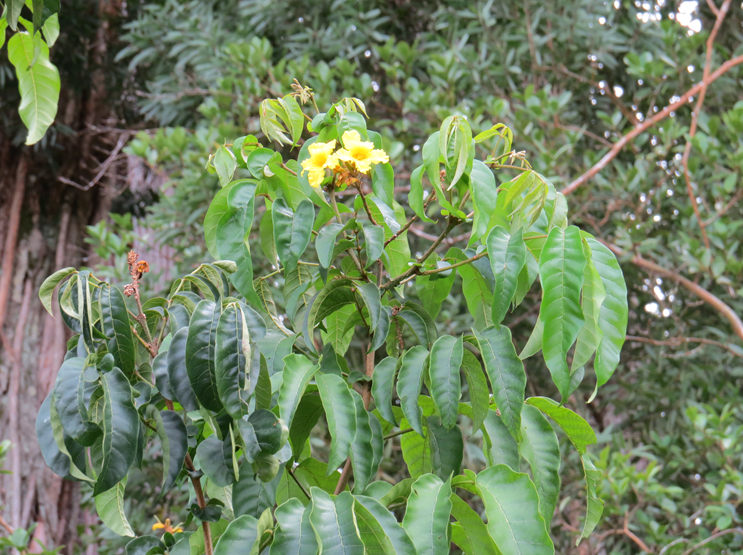
Plant Control
BIISC was formed in 2005 when a group of scientists, land managers, and conservationists recognized the need for early detection and rapid response to early stage invasive plants. While some of our island’s worst invasive species, like miconia and albizia, would require millions of dollars and huge inputs of resources to control, there was a window of time when they might have been eradicated. The BIISC Invasive Plant Prevention & Plant Control teams seek to act within that window – finding new invaders early, and removing them before they become as widespread as clidemia and fountain grass.
BIISC provides free plant identification to members of the public, who are asked to report any “new” plants they notice. We also actively monitor potential pathways for introductions, like retail nurseries and trailsides, to look for new invaders. Potential targets are assessed by our Steering Committee of experts in forestry, agriculture, and resource management, utilizing stakeholder and community input. Below are the plants currently slated for eradication (successfully eradicated species can be found here). Once a plant is declared eradicated, efforts continue, with some sites being monitored for years as determined by seed longevity.
Eradication Targets
Containment and Exclusion Targets
In some cases, the population of a new invading plant may be too large for eradication to be feasible with current resources. For those plants where we have an interest in preventing further spread, BIISC will work to monitor the surrounding area and control outliers in an attempt to keep the plant contained until such time as eradication may become feasible.
Some invasive plants are far too widespread for island eradication, but there is still a need to keep that species out of special places, like our watersheds. In those cases, BIISC works with land managers to actively control that invasive plant in a designated area. For instance, our crews regularly survey and treat for fountain grass in the Manuka Natural Area Reserve. We work with our partners at the DLNR Division of Forestry & Wildlife, Hawai’i Volcanoes National Park, and Hakalau National Wildlife Refuge to control invasive plants in the areas around critical native ecosystems.
